I am often thinking about this premise. Whether it’s a question of a family dynamic, a discussion with a collaborator, or simply reading a news item, I find myself wondering what filter I am placing on a discussion or opinion. But lately, photographically, I’ve been working at seeing things NOT as they are. I want to see what they could be. I want to visualize how an image could evolve. I want to be able to see the geometrics and dimensionality of a scene and take that and layer upon it a different reality. This is what I perceive could happen if I were a painter. I am not a painter, but I am really enjoying the ability to use a different technology to effect a painterly image. By creating something that was suggested by a three dimensional scene and translating that into a purely personal vision, I think I am truly photographing, and seeing, as I am.
Here is my workflow for an image I made on Wednesday evening at the height of a snowstorm:
The atmospherics of the scene are important in this image. The white vertical lines are not blown out highlights, it is snow plastered on the northwest side of the tree trunk. The image was fully focused, but the foggy nature is the blizzard effect of the heavy snowfall. I made the photograph about 5 pm with just enough light left to reveal the light and dark patterning. Image capture with swipe technique as a raw file (1DS Mk3, 24-70 2.8L, f22, 1 second exposure, ISO 160, 1.5+ stops exposure compensation (usually needed when photographing snow), then into Lightroom 3 to adjust exposure ( a touch lighter, with a bit of added contrast from default 25% to 31%), then crop to panoramic. The top was cropped out as the bottom of the photo is most important to me. I was keenly aware of the far right grouping while photographing, to be sure the transition from the tree trunks into the ground was smooth, and to be certain I had separation between all the tree trunks as they dance along the back layer of the photo.
Choose Edit photo in photoshop from Lightroom (Edit a copy) to add layers of texture. I chose two textures from FlyPaper Textures to add dreaminess and a hint of color to a black and white scene.
What you see above is the original file, out of Lightroom, cropped. Next I opened the two Flypaper Textures, Serafina Sky and Europium from Lightroom (Edit a copy in Photoshop).
When I opened Serafina Sky I needed to rotate the image 180 degrees, so the clouds would be in the top of my image. I was after a mistier look than what was in the original capture. Further, I wanted the slight blue-ish tone to add a bit of dreaminess to the straight black and white capture. So I put the image on top of the original as a separate layer in Photoshop CS4. I changed the blending mode to Overlay and dialed the opacity back to suit me. Then I added Europium in the same manner (separate layer, blending mode on overlay, then dial in the opacity to suit). With the Europium layer I was looking for a bit of the vignette effect and the added textures.
You will notice that the textures are SQUARE images and my image is a panoramic format. When you lay your texture over your image, choose EDIT>Transform>Scale and drag your sides to conform to the shape of your image. When you are satisfied (and you can move it around in the image with the move tool too) you hit the checkmark to okay the transformation and then go to your layer and work with your blending mode and opacity.
The image above is the initial image with Serafina Sky overlaid. I pulled the opacity back to 53% and then I used an HSL layer to take the cyan to a more purple-y blue. Just slightly. The key with each of these decisions is subtlety. Then, to add the mistier look (image below) I overlaid the Europium layer. I pulled the opacity to 74%. The Europium texture is one of my favorites for adding slight vignetting and mystery. It interacts with colors nicely and adds a touch of color in neutral images. This is my final image.
As I mentioned above, I believe that subtlety is the key in working with this type of processing. I want the viewer to become involved with the photograph, not to say “WOW…that’s intense processing”. I’d like my photographs to reveal a little about me, or even deepen the mystery. As always, comments welcome and deeply appreciated. For now, the forecast is for more snow on Tuesday. Can’t wait! And once again, my gratitude to Freeman Patterson and Tony Sweet for the inspiration, for lighting the path and to Fly Paper Textures for such a great product. They are tops to deal with and generous with their expertise.
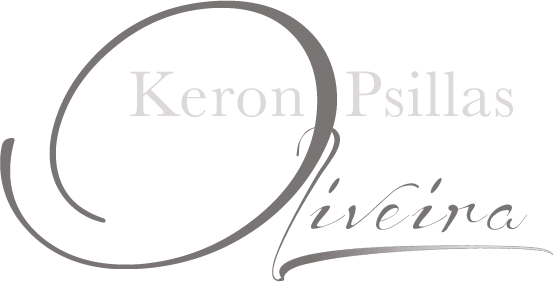
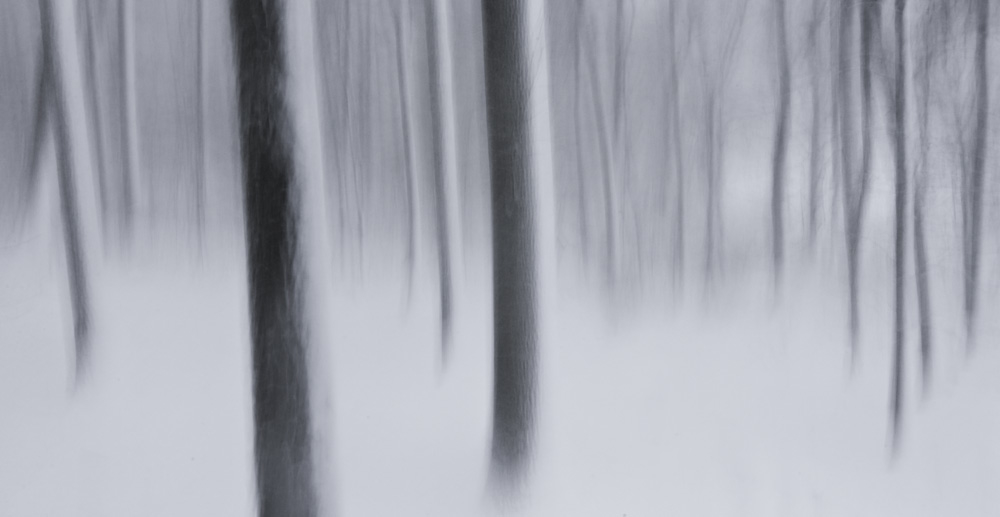
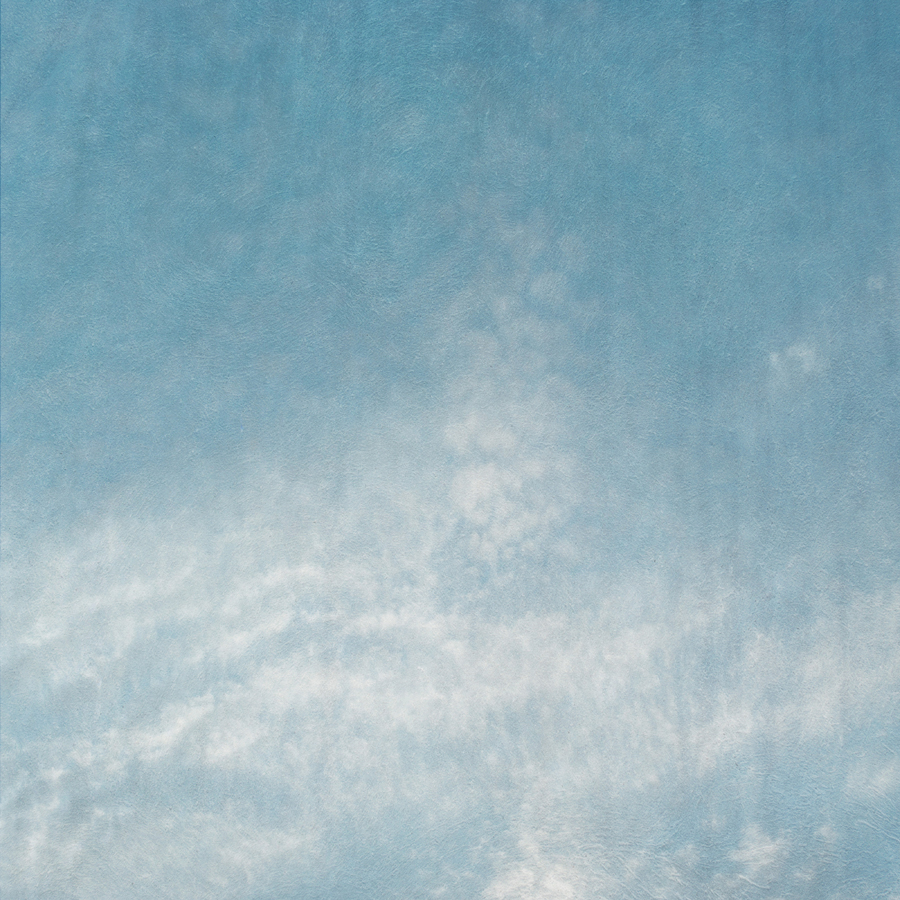
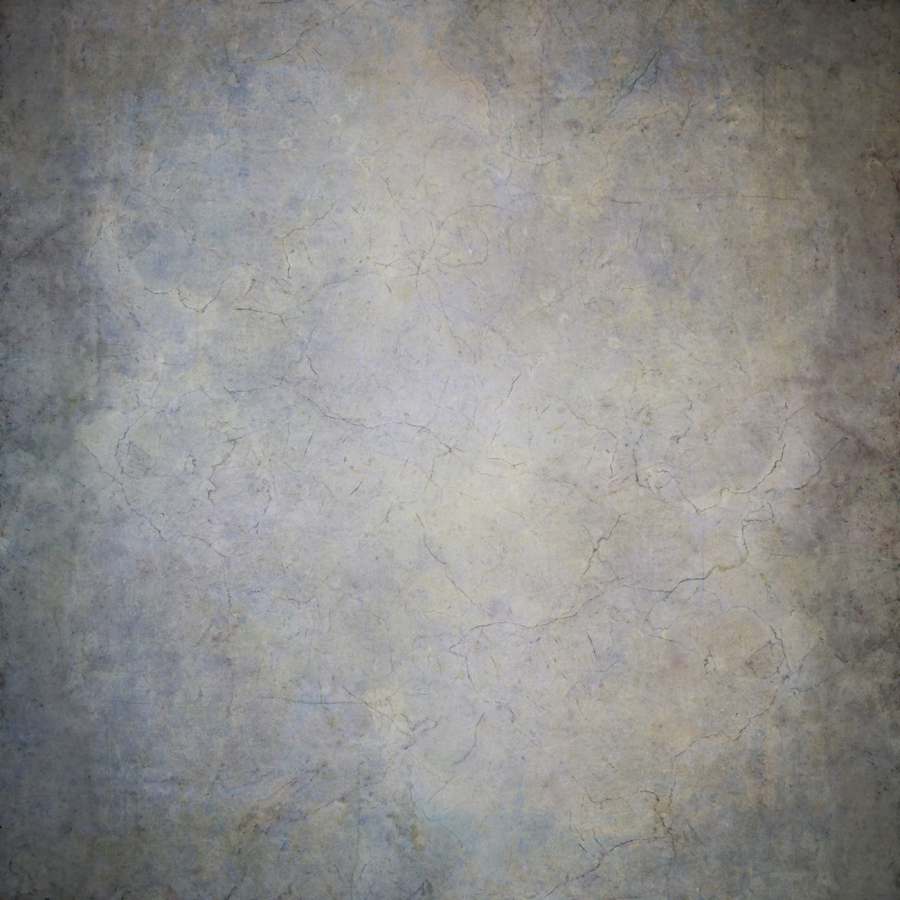
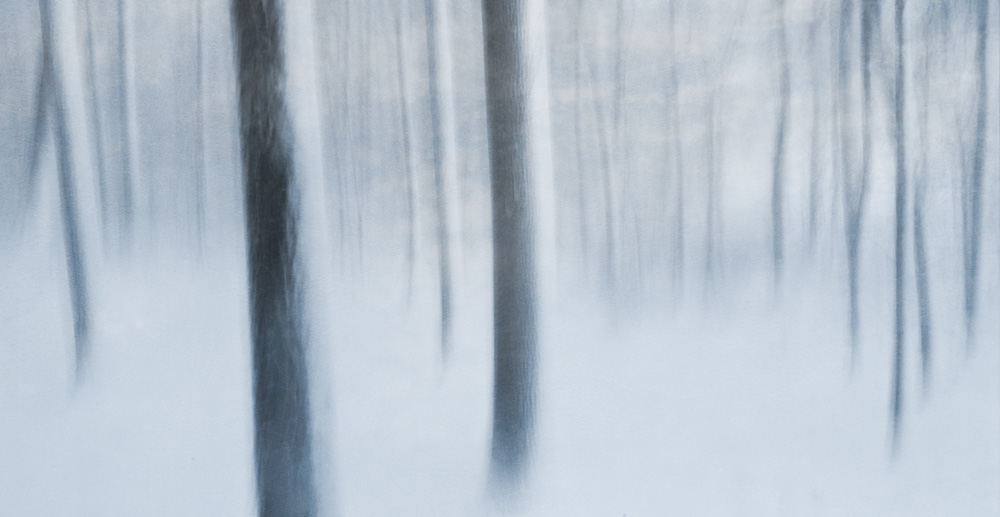
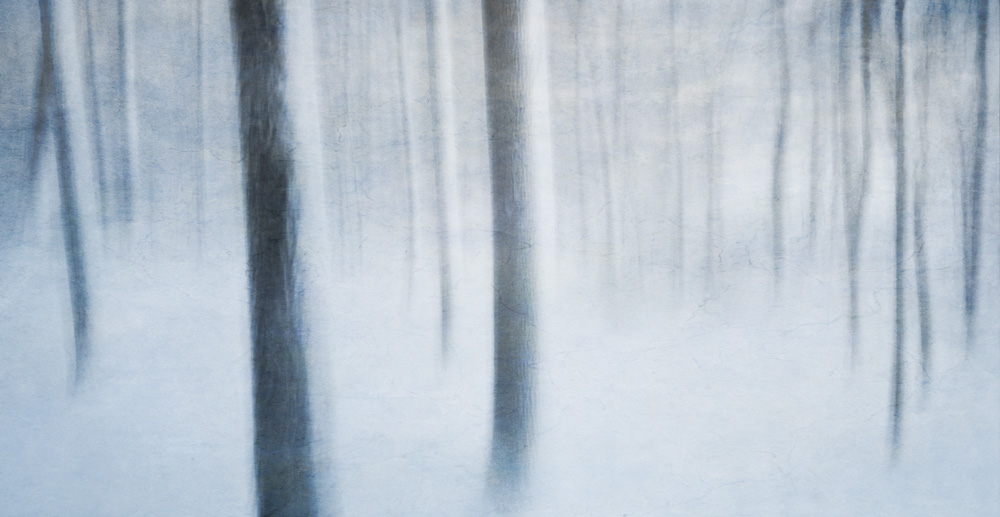

Lovely soft illustrative use of flypapers, perhaps we could do a nice feature for you? 🙂
Hello Paul,
Wow…what a compliment! I’d be delighted. Thanks so much for clicking on the blog.
: ) Keron
As always, you are thoughtful with verbiage and generous with “how to’s!” Showing your process, encouraging others to think about filters, and taking us along on your journey to create as you are is your reader’s good fortune. Thank you, Keron, for being…you and making us want to head straight to Flypaper!
Dear Honey,
I have marvelous inspiration from great photographer (role model)friends. The best one is from Ohio…..in a lovely spot in the woods. Now I’m headed over to check out Aunt Ruth’s blog and see what’s going on there! (And all my readers should too.) I’ve been far too busy working the last three weeks, so I bet there are great photography surprises in store, with Aunt Ruth’s compassionate wisdom. http://honeylazar.blogspot.com/
Hugs this morning, Keron
What a wonderful image! The workflow is pretty cool. The delicate balance of using the layers produced a gorgeous image that is artistic and refined. I would love to see a large canvas print of this.
Hey Wil! I’m thinking of that….I don’t have canvas but maybe a big piece of somerset velvet?
Thanks for checking it out. : ) See you soon! k
What a wonderful tutorial and oh-so-thoughtful way of thinking about how and why you’ve created these images. And – congratulations many times over on the publishing of your book!
Hi Marcie,
Thanks very much for taking the time to write. : ) I’m tickled and can hardly believe the news about the publishing, but it’s true! Have a marvelous beginning of the week and stay warm. We’re going to be slammed with more nasty weather I fear.
Keron